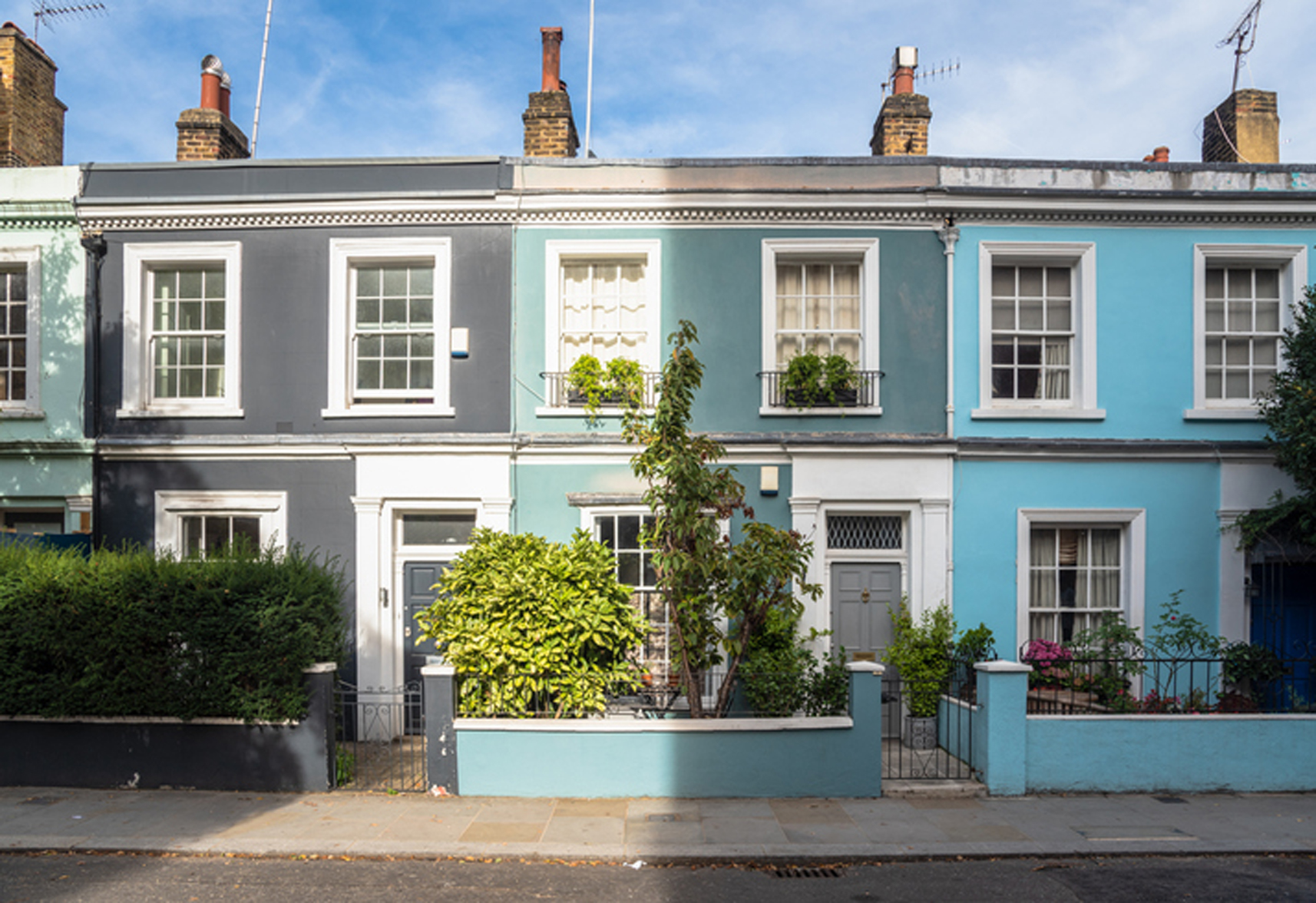Buying to let? Don't miss Phil Spencer's expert tips
Phil Spencer advises on making buying to let a worthwhile and profitable investment

Buying to let is here to stay, and Phil Spencer has some savvy tips for would-be buy-to-let investors. Yes, buying property to let out can yield a good, steady income – and with one in four households set to be renting by 2023, that income stream is unlikely to ever dry up. However, as Phil explains in a handy video for Move IQ, there is a right and wrong way to go about becoming a buy-to-let investor. Follow his top tips below to make sure you do it right.
- Getting a good mortgage is as important in buy-to-let as it is for your own home; find out more about mortgage rates and how to compare them in our guide
1. Understand the nature of buy-to-let investment
Buy-to-let is fundamentally a long-term investment that really begins to yield a profit as you gradually expand your portfolio of properties. If you're serious about buy-to-let, then expect your profit margins to be tight for a good while – this is normal, and not a sign that it's not worth doing. If you do need a quick profit, you're best off looking into 'flipping', or doing up a property for reselling.
2. Do your research
What rents well in your area? There's no point chasing one-bedroom flats in an area where three-bedroom family homes are in high demand. It usually makes sense to start in an area that you know best, but if you want to buy somewhere you don't know that well, it's best to speak to a local estate agent to get a sense of what will rent best.
3. Understand how you will finance the buy-to-let
Buy-to-let comes with significant financial requirements, not least the minimum 25 per cent deposit to be accepted for a buy-to-let mortgage. You will also have an ongoing financial commitment to the property: as a landlord, you will have a legal responsibility to keep the property in good repair, which will inevitably involve some emergency spending (e.g. a broken boiler or burst pipe).
4. Always have a contingency plan
What will you do if your tenant is suddenly unable to pay rent, or if the property stands empty for a while? What about if you need to be away for a while, and won't be able to manage the property? Put your pessimist's hat on and think of all the things that could go wrong, then work out a plan for them.
5. Speak to the right mortgage expert
Applying for a buy-to-let mortgage is a rigorous process, and it's very important to approach the right lender. We've teamed up with online mortgage specialist Habito: not only are they able to advise you on buy-to-let mortgages, but they also offer their own buy to let mortgage (don't worry, they give impartial advice and won't automatically direct you to their own mortgages). Use their free comparison tool below to see how much you could borrow.
- Find more of Phil's tips on MoveIQ
Read more:
- Learn more about buy to let mortgages
- How to buy a house at auction
Get small space home decor ideas, celeb inspiration, DIY tips and more, straight to your inbox!
Anna is a professional writer with many years of experience. She has a passion for contemporary home decor and gardening. She covers a range of topics, from practical advice to interior and garden design.